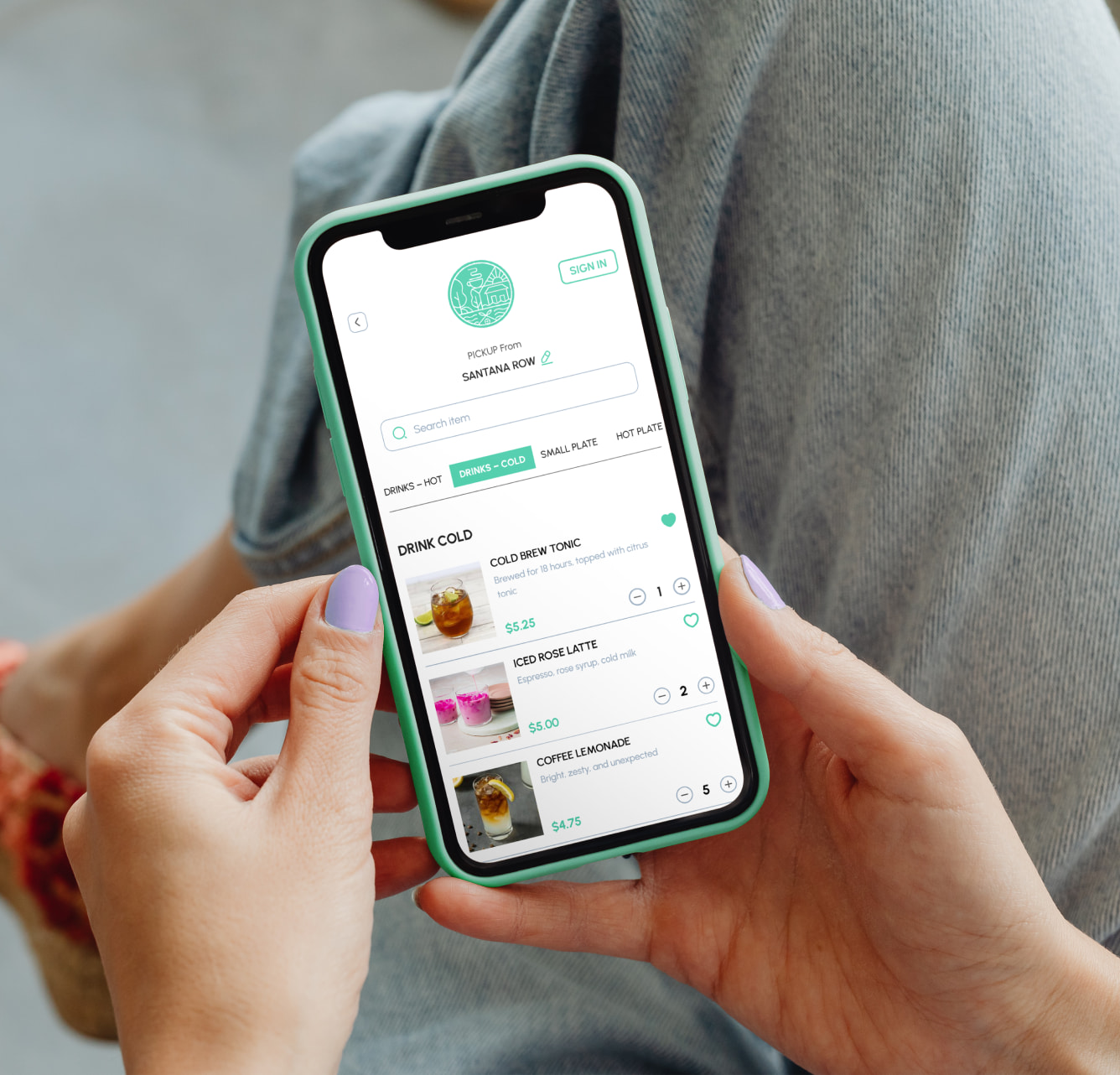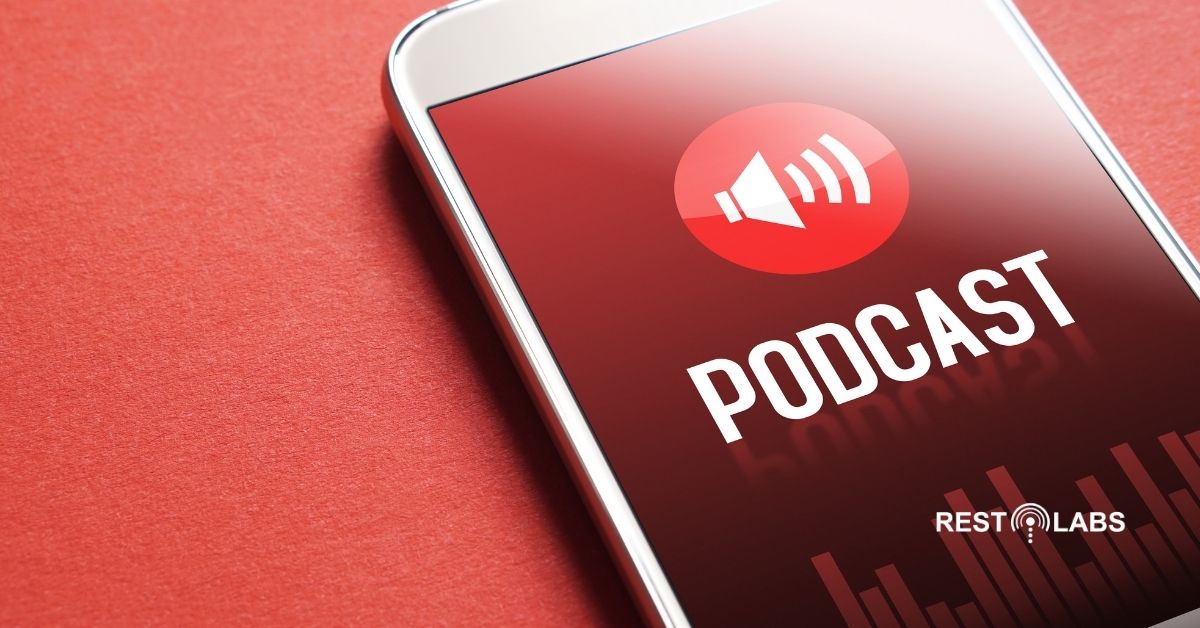Key Takeaways
Before digitization became the sine qua non to the restaurant industry, data and analysis didn’t even cross anyone’s mind. Serving good quality food, keeping the pantry full and customers happy were the major considerations for all restaurant owners. Anything out of the ordinary would make them anxious and they would blatantly reject or ignore new developments, considering them distractions. But not anymore. We have come a long way since digitization entered the realms of the restaurant industry.
Today, a majority of restaurants have equipped themselves with technologies that not only make their lives easier, but also provide their customers with the comfort and convenience they crave. On top of that, the COVID-19 outbreak has forced restaurant owners to consider taking their business online, making it an only option to survive in the contactless world. The industry has been embracing the change and struggling hard to recover.
Owing to the current demand, today, I’m going to highlight a few things that a strong analytics system can do to help restaurants amplify their delivery game. In the current world, where every business is getting online, available to customers on their fingertips, how do you separate yourself as a brand and encourage repeat customers? Social Media is one thing that helps, but we need something more concrete, accurate and definitely actionable - something that only Restaurant Analytics can provide.
What are restaurant analytics?
Restaurant analytics involve gathering, measuring and combining multiple sets of data to reveal clear, actionable insights. In simple words, they help you answer the big whys of the business like how many customers, from where, of what age, when and for what interacted with your brand during which period of time. Restaurant Analytics digs deep into customers and products that you offer to help you make informed decisions in respect to sales, operations and marketing. They are more useful to restaurant chains.
On the basis of the insights that analytics will provide, you can adjust your menu, tweak operations, train employees as well as personalize customers' experience on your portal. If we talk about today’s challenging times, staying abreast of what works for your brand and what doesn't will help you cut down on unnecessary cost, while helping you build a more personal connection with your customers who choose to be loyal to your brand.
How to Leverage Restaurant Data Analytics for Better Sales?
Customer Analytics
In an offline setting, you may or may not even know the name of your customers. You may not even be aware of their personal interests, favorite orders, spending habits etc. For you, each person who visits your restaurant is new. Maybe you have a few regulars, but they alone can’t help you design your marketing strategy. Can they?
In the contactless world, where 90% of your customers are now interacting with you online, having insightful data on their preferences can help you know them and their choices well. From browsing history to preferable payment methods, we can know it all - and this information can be used to personalize their experience at your online store. Each transaction that they make with your brand online should appear as if it has been tailored to their preferences. A strong Data Analytics can help you do just that.
Restolabs Analytic System not only provides you information on your customers’ name, spending habits, and favourite orders, but also allows you to track the browsing habits that increase upsell opportunities and hence, average cart value.
Menu Analytics
In the delivery dominating market, it would be wise to have a menu that sells 100%. Small menu works well with delivery-only businesses. But what items to keep and delete is something that should not be left on the whims of the operators. Having a thorough knowledge with accurate numbers on what sells and what doesn't can make a huge difference between a successful and a failing business, especially when each penny spent on keeping the business alive is worth a thousand dollars.
Combining data analytics with customer feedback has proven to be a great strategy to achieve the right balance of items across different categories of the menu. Additionally, it is always wise to eliminate low-selling or low-in demand items and replace them with something that has better potential.
Sales Analytics
Accurate sales forecasts is one of the biggest tools one can leverage to make their restaurant business profitable in COVID times. A restaurant sales forecast enables you to
- Better anticipate exactly how much inventory you may need,
- How many employees should be scheduled for the next shift, and
- When's the best time to open a new location.
The ability to optimize staffing needs with every hour can help reduce employee/hour costs. This can be attained by keeping a track of hourly trends on transactions. Similarly, if you look at your seasonal trends and notice a massive increase in delivery sales around the holidays, you know to plan for more inventory and staffing around that time of the year.
Experts say that implementing advanced restaurant analytics leads to a 3:1 return on investment.
As you can see, restaurant analytics doesn’t have to be complicated or scary. It’s a combination of simple math and projections based on actual results. And the best thing is, much of the work is done by the software that you implement. All you have to do is keep a track of the results and make adjustments accordingly. With profits as thin as they are for the restaurants, utilizing all the analytics available can help increase your overall revenue and become more efficient.
Frequently Asked Questions


.gif)

.jpeg)

.png)




